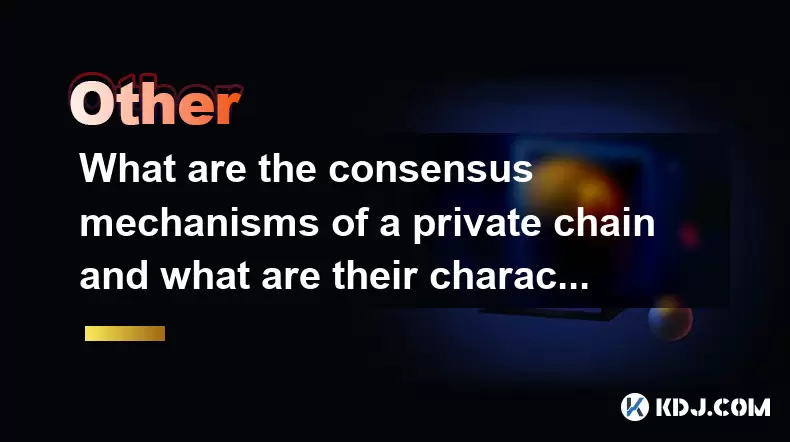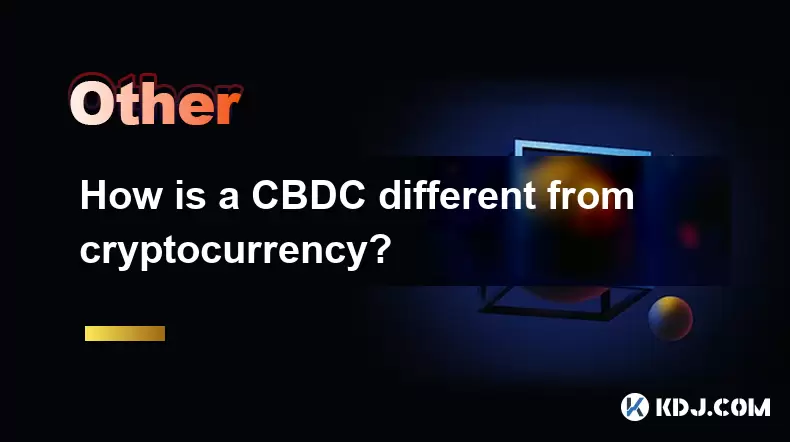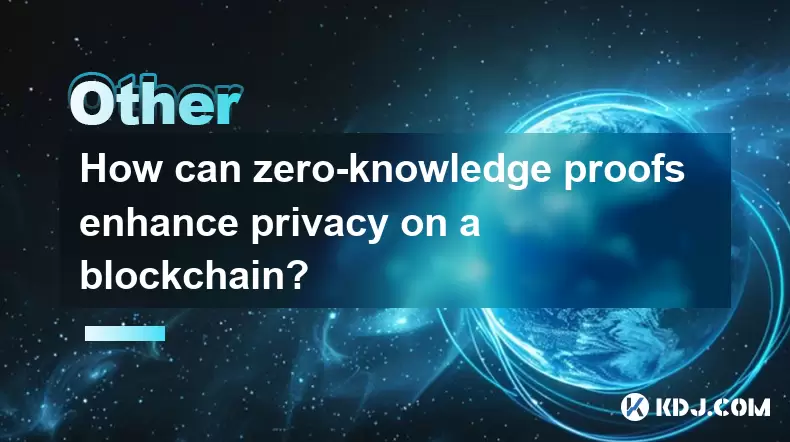-
 Bitcoin
Bitcoin $118900
-2.35% -
 Ethereum
Ethereum $4632
-2.72% -
 XRP
XRP $3.109
-3.96% -
 Tether USDt
Tether USDt $1.001
0.04% -
 BNB
BNB $849.9
-1.82% -
 Solana
Solana $195.6
-4.49% -
 USDC
USDC $0.9999
0.03% -
 Dogecoin
Dogecoin $0.2307
-4.65% -
 TRON
TRON $0.3588
-2.41% -
 Cardano
Cardano $0.9448
-4.09% -
 Hyperliquid
Hyperliquid $48.52
3.63% -
 Chainlink
Chainlink $22.41
-5.29% -
 Sui
Sui $3.848
-3.16% -
 Stellar
Stellar $0.4276
-4.33% -
 Bitcoin Cash
Bitcoin Cash $594.9
-2.14% -
 Ethena USDe
Ethena USDe $1.001
0.07% -
 Hedera
Hedera $0.2547
-5.06% -
 Avalanche
Avalanche $25.02
-0.86% -
 Litecoin
Litecoin $121.1
-5.47% -
 UNUS SED LEO
UNUS SED LEO $9.645
3.95% -
 Toncoin
Toncoin $3.460
-2.78% -
 Shiba Inu
Shiba Inu $0.00001300
-5.26% -
 Uniswap
Uniswap $11.00
-4.85% -
 Polkadot
Polkadot $4.013
-4.90% -
 Dai
Dai $1.000
0.02% -
 Bitget Token
Bitget Token $4.670
-2.13% -
 Cronos
Cronos $0.1553
-5.42% -
 Ethena
Ethena $0.7282
-0.16% -
 Aave
Aave $312.1
-4.63% -
 Pepe
Pepe $0.00001111
-7.17%
What are the consensus mechanisms of a private chain and what are their characteristics?
Private blockchains use tailored consensus mechanisms like PoA, PBFT, Raft, DPoS, and MPC, each offering unique advantages in efficiency, security, and privacy for enterprise applications.
May 15, 2025 at 03:14 pm

Private blockchains, often used by enterprises and organizations, employ various consensus mechanisms tailored to their specific needs and environments. These mechanisms ensure that all participants agree on the state of the blockchain, maintaining its integrity and security. In this article, we will explore the different consensus mechanisms used in private chains and their unique characteristics.
Proof of Authority (PoA)
Proof of Authority (PoA) is a consensus mechanism commonly used in private blockchains where the validators are pre-selected and trusted entities. This mechanism relies on the reputation of the validators rather than computational power or stake.
In PoA, a set of nodes is chosen to act as validators, and they take turns creating new blocks. The selection of these validators is typically based on their identity and reputation within the network. This makes PoA particularly suitable for private blockchains where participants are known and trusted.
Characteristics of PoA:
- Efficiency: PoA is highly efficient and can process transactions quickly since it does not require energy-intensive mining processes.
- Security: The security of the network relies on the trustworthiness of the validators. If a validator acts maliciously, they can be removed from the network.
- Scalability: PoA can handle a high volume of transactions, making it suitable for enterprise applications.
- Centralization: While more centralized than other mechanisms, PoA is still decentralized within the trusted group of validators.
Practical Byzantine Fault Tolerance (PBFT)
Practical Byzantine Fault Tolerance (PBFT) is another consensus mechanism used in private blockchains, designed to tolerate up to one-third of its nodes being faulty or malicious.
In PBFT, a consensus is reached through a three-phase process: pre-prepare, prepare, and commit. During these phases, nodes exchange messages to agree on the state of the blockchain. If more than two-thirds of the nodes agree, the consensus is achieved, and the block is added to the chain.
Characteristics of PBFT:
- Fault Tolerance: PBFT can handle up to one-third of nodes being faulty, making it robust against failures and attacks.
- Performance: It offers high performance and can process transactions quickly, suitable for applications requiring low latency.
- Complexity: The implementation of PBFT is more complex due to the need for multiple rounds of communication among nodes.
- Scalability: PBFT scales well for smaller networks but can become less efficient as the number of nodes increases.
Raft Consensus
Raft Consensus is a simpler alternative to PBFT, designed to be more understandable and easier to implement. It is used in some private blockchains to achieve consensus among a group of nodes.
Raft operates by electing a leader node that is responsible for managing the replication of logs across the network. If the leader fails, a new leader is elected, ensuring the continuity of the consensus process.
Characteristics of Raft:
- Simplicity: Raft is designed to be easy to understand and implement, making it a popular choice for private blockchains.
- Leader Election: The leader election process ensures that there is always a single leader managing the consensus, which simplifies the coordination among nodes.
- Consistency: Raft ensures strong consistency, meaning all nodes will eventually agree on the state of the blockchain.
- Performance: While not as fast as some other mechanisms, Raft provides reliable performance for private blockchain applications.
Delegated Proof of Stake (DPoS)
Delegated Proof of Stake (DPoS) is a consensus mechanism that combines elements of both voting and staking. In DPoS, token holders vote to elect a group of delegates who are responsible for validating transactions and creating new blocks.
In a private blockchain setting, DPoS can be adapted to allow trusted entities to vote for delegates, ensuring that only reputable nodes participate in the consensus process.
Characteristics of DPoS:
- Democracy: DPoS introduces a democratic element by allowing token holders to vote for delegates, giving them a say in the network's governance.
- Efficiency: Similar to PoA, DPoS is efficient and can process transactions quickly without the need for energy-intensive mining.
- Security: The security of the network depends on the honesty of the elected delegates. Malicious delegates can be voted out by the community.
- Scalability: DPoS can scale well, making it suitable for larger private blockchain networks.
Multi-Party Computation (MPC)
Multi-Party Computation (MPC) is a cryptographic protocol that allows multiple parties to jointly compute a function over their inputs while keeping those inputs private. In the context of private blockchains, MPC can be used to achieve consensus without revealing individual node data.
In MPC, nodes collaboratively perform computations to reach a consensus on the state of the blockchain. This mechanism is particularly useful in scenarios where privacy is a top priority.
Characteristics of MPC:
- Privacy: MPC ensures that individual node data remains private, making it ideal for applications requiring high levels of confidentiality.
- Security: The security of MPC relies on the robustness of the cryptographic protocols used, ensuring that the consensus process is secure.
- Complexity: Implementing MPC can be complex due to the need for advanced cryptographic techniques.
- Performance: While MPC can be slower than other mechanisms, it provides a high level of privacy and security.
Each of these consensus mechanisms offers unique advantages and trade-offs, making them suitable for different types of private blockchain applications. The choice of mechanism depends on the specific requirements of the network, such as the need for efficiency, scalability, security, or privacy.
Frequently Asked Questions
Q: Can multiple consensus mechanisms be used in the same private blockchain?
A: Yes, it is possible to use multiple consensus mechanisms in a private blockchain, often referred to as a hybrid consensus model. For example, a blockchain might use PoA for normal operations and switch to PBFT in case of network issues to ensure fault tolerance. The implementation of such a model requires careful consideration of the interactions between different mechanisms to maintain the integrity of the blockchain.
Q: How does the choice of consensus mechanism affect the governance of a private blockchain?
A: The choice of consensus mechanism can significantly impact the governance of a private blockchain. For instance, PoA and DPoS involve some level of centralization or delegation, which can affect decision-making processes. In contrast, mechanisms like PBFT and MPC might be more decentralized within the network, leading to different governance models. The governance structure should align with the chosen consensus mechanism to ensure smooth operation and decision-making.
Q: Are there any specific industries that prefer certain consensus mechanisms for their private blockchains?
A: Yes, different industries may prefer specific consensus mechanisms based on their needs. For example, the financial sector might favor PBFT or MPC due to their high security and privacy features. In contrast, supply chain management might lean towards PoA or Raft for their efficiency and simplicity. The choice depends on factors such as the need for speed, security, scalability, and privacy in the specific industry application.
Q: How do private blockchain consensus mechanisms differ from those used in public blockchains?
A: Private blockchain consensus mechanisms are typically designed to be more efficient and tailored to the needs of a specific group of known participants. They often prioritize speed, scalability, and privacy over the decentralization and security that are critical in public blockchains. For example, while public blockchains might use Proof of Work (PoW) or Proof of Stake (PoS), private blockchains are more likely to use PoA, PBFT, Raft, DPoS, or MPC, which are better suited for controlled environments.
Disclaimer:info@kdj.com
The information provided is not trading advice. kdj.com does not assume any responsibility for any investments made based on the information provided in this article. Cryptocurrencies are highly volatile and it is highly recommended that you invest with caution after thorough research!
If you believe that the content used on this website infringes your copyright, please contact us immediately (info@kdj.com) and we will delete it promptly.
- Kazakhstan's Crypto Leap: Bitcoin ETF and Central Asia's Digital Finance Future
- 2025-08-13 12:45:19
- BlockDAG Presale Blazes Past $371M: Fundraising Frenzy Fuels Crypto Sensation
- 2025-08-13 13:05:21
- Meme Coins: Chasing the 2025 Surge – Which Will Moonshot?
- 2025-08-13 10:25:23
- Bitcoin's Wild Ride: Rally, Pullback, and What's Next
- 2025-08-13 10:25:23
- Bitcoin, Bitmax, and Institutional Demand: A New Era of Crypto Investment
- 2025-08-13 10:45:12
- Solana, ROAM, and Airdrops: What's the Buzz in 2025?
- 2025-08-13 11:35:13
Related knowledge

How does blockchain enable Web3?
Aug 13,2025 at 11:35am
Understanding the Role of Blockchain in Web3 InfrastructureBlockchain serves as the foundational layer upon which Web3 is built, enabling a decentrali...

How is a CBDC different from cryptocurrency?
Aug 12,2025 at 09:21am
Understanding the Core Nature of CBDCsA Central Bank Digital Currency (CBDC) is a digital form of a country’s sovereign currency, issued and regulated...

What is a CBDC (Central Bank Digital Currency)?
Aug 13,2025 at 11:36am
Understanding the Concept of a Central Bank Digital CurrencyA CBDC (Central Bank Digital Currency) is a digital form of a country’s fiat currency that...

How can zero-knowledge proofs enhance privacy on a blockchain?
Aug 12,2025 at 02:15am
Understanding Zero-Knowledge Proofs in Blockchain ContextZero-knowledge proofs (ZKPs) are cryptographic protocols that allow one party (the prover) to...

How does blockchain governance work?
Aug 13,2025 at 11:35am
Understanding Blockchain GovernanceBlockchain governance refers to the mechanisms and processes through which decisions are made about the development...

What is on-chain vs. off-chain data?
Aug 13,2025 at 11:35am
Understanding On-Chain Data in CryptocurrencyOn-chain data refers to all information that is permanently recorded and stored directly on a blockchain....

How does blockchain enable Web3?
Aug 13,2025 at 11:35am
Understanding the Role of Blockchain in Web3 InfrastructureBlockchain serves as the foundational layer upon which Web3 is built, enabling a decentrali...

How is a CBDC different from cryptocurrency?
Aug 12,2025 at 09:21am
Understanding the Core Nature of CBDCsA Central Bank Digital Currency (CBDC) is a digital form of a country’s sovereign currency, issued and regulated...

What is a CBDC (Central Bank Digital Currency)?
Aug 13,2025 at 11:36am
Understanding the Concept of a Central Bank Digital CurrencyA CBDC (Central Bank Digital Currency) is a digital form of a country’s fiat currency that...

How can zero-knowledge proofs enhance privacy on a blockchain?
Aug 12,2025 at 02:15am
Understanding Zero-Knowledge Proofs in Blockchain ContextZero-knowledge proofs (ZKPs) are cryptographic protocols that allow one party (the prover) to...

How does blockchain governance work?
Aug 13,2025 at 11:35am
Understanding Blockchain GovernanceBlockchain governance refers to the mechanisms and processes through which decisions are made about the development...

What is on-chain vs. off-chain data?
Aug 13,2025 at 11:35am
Understanding On-Chain Data in CryptocurrencyOn-chain data refers to all information that is permanently recorded and stored directly on a blockchain....
See all articles

























































































